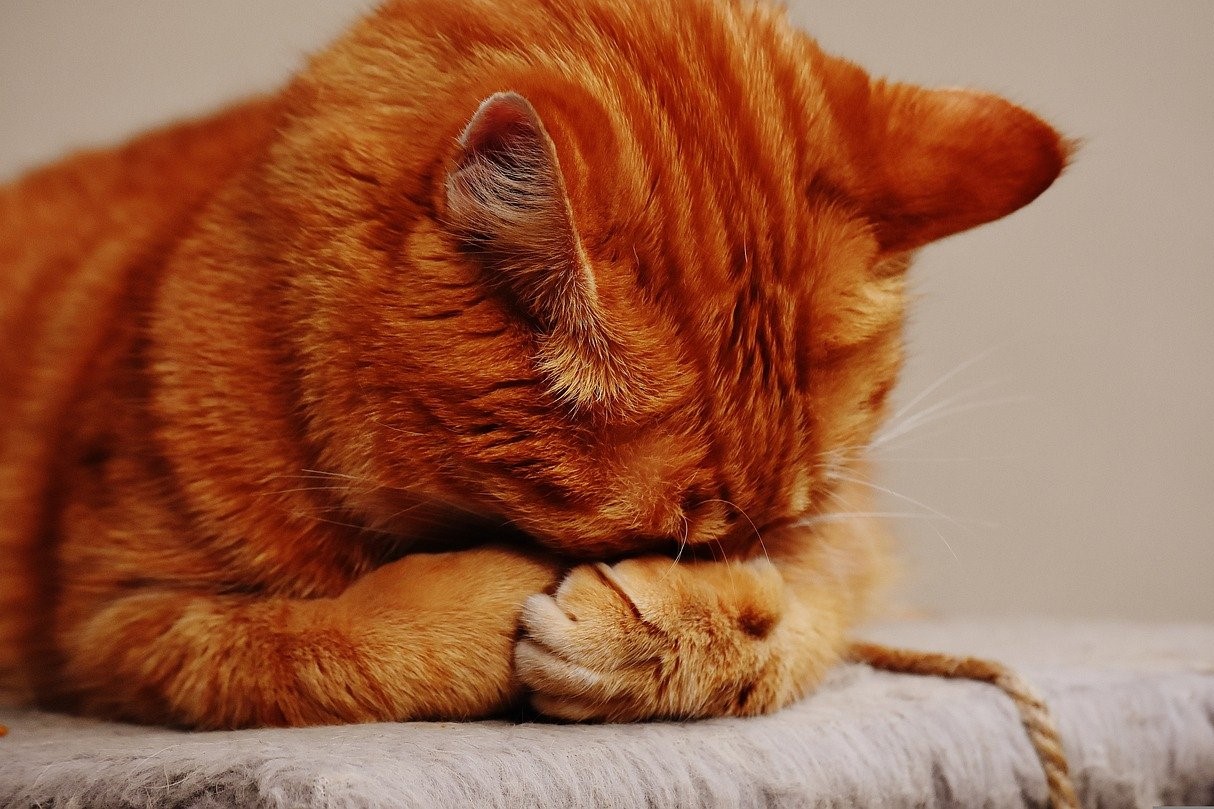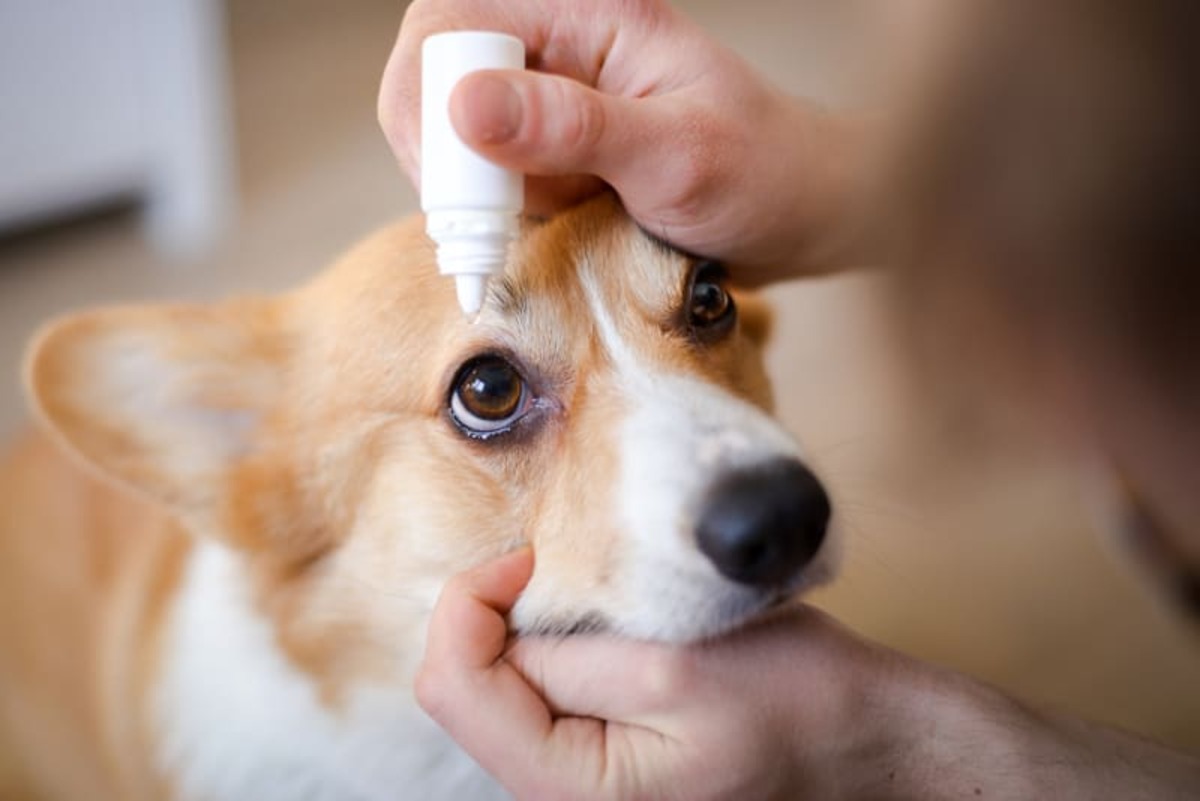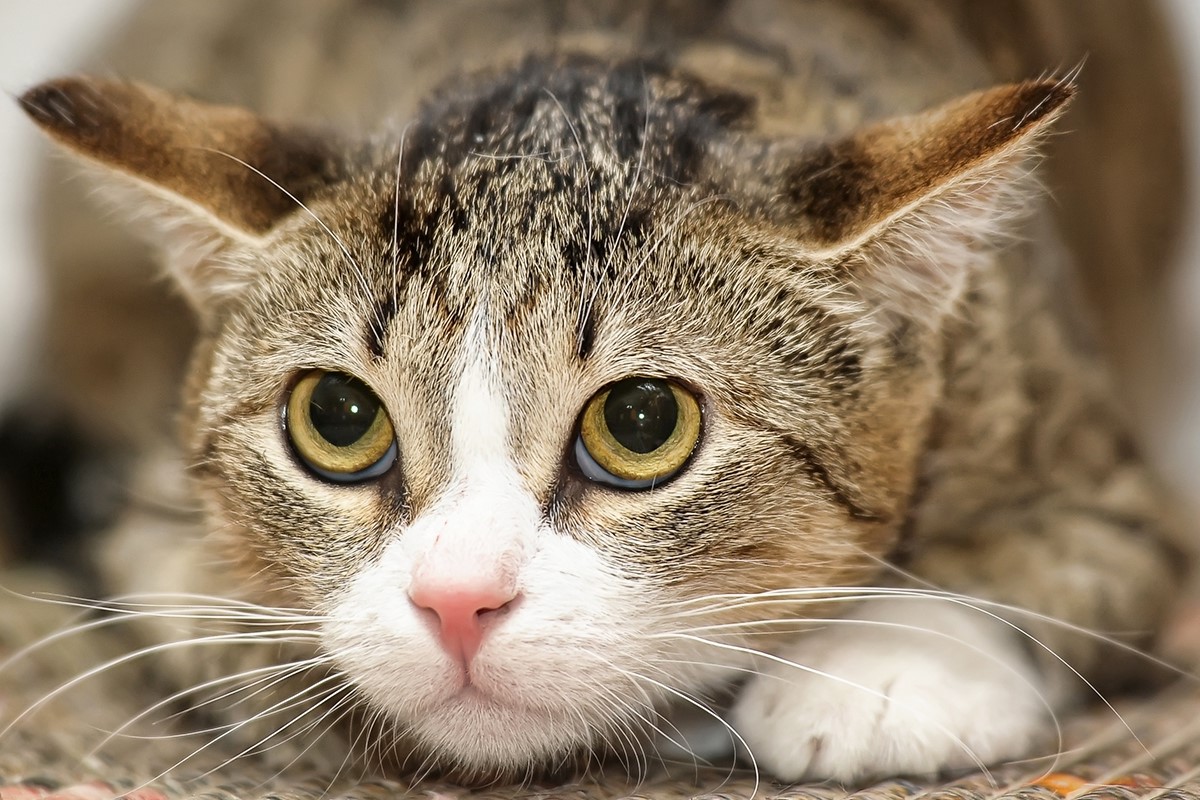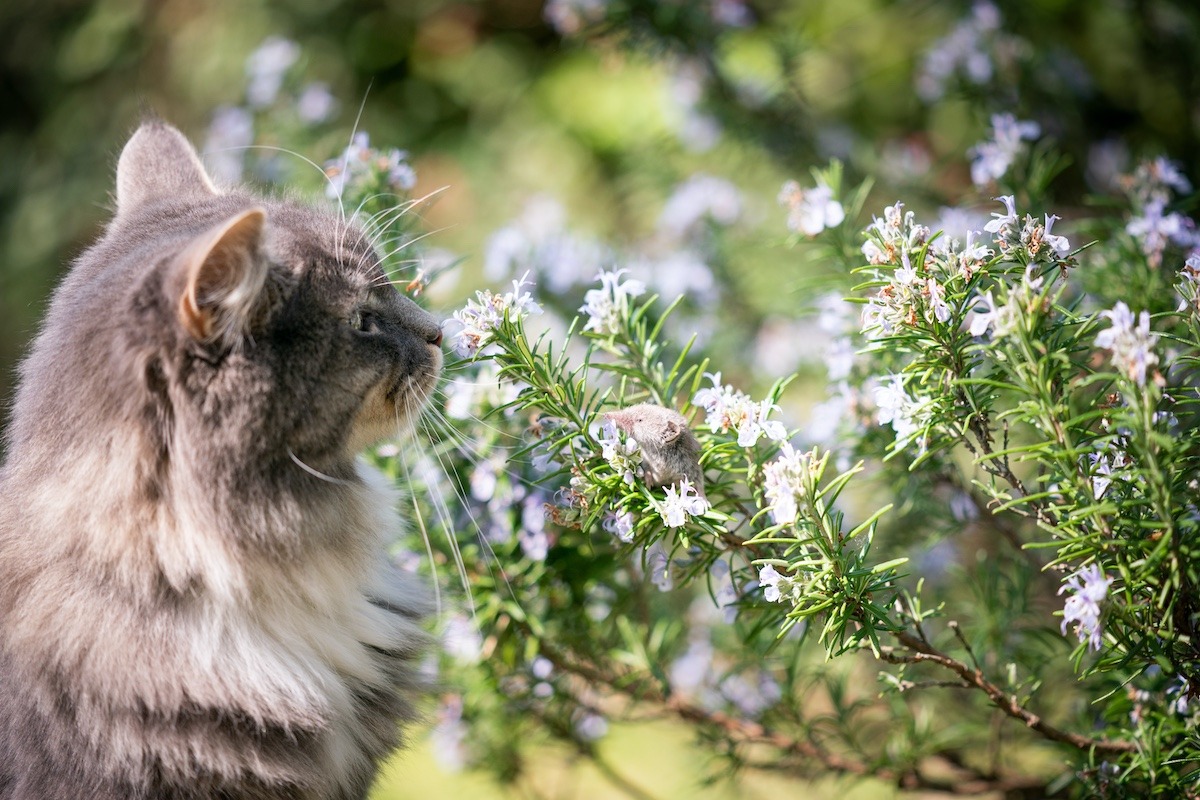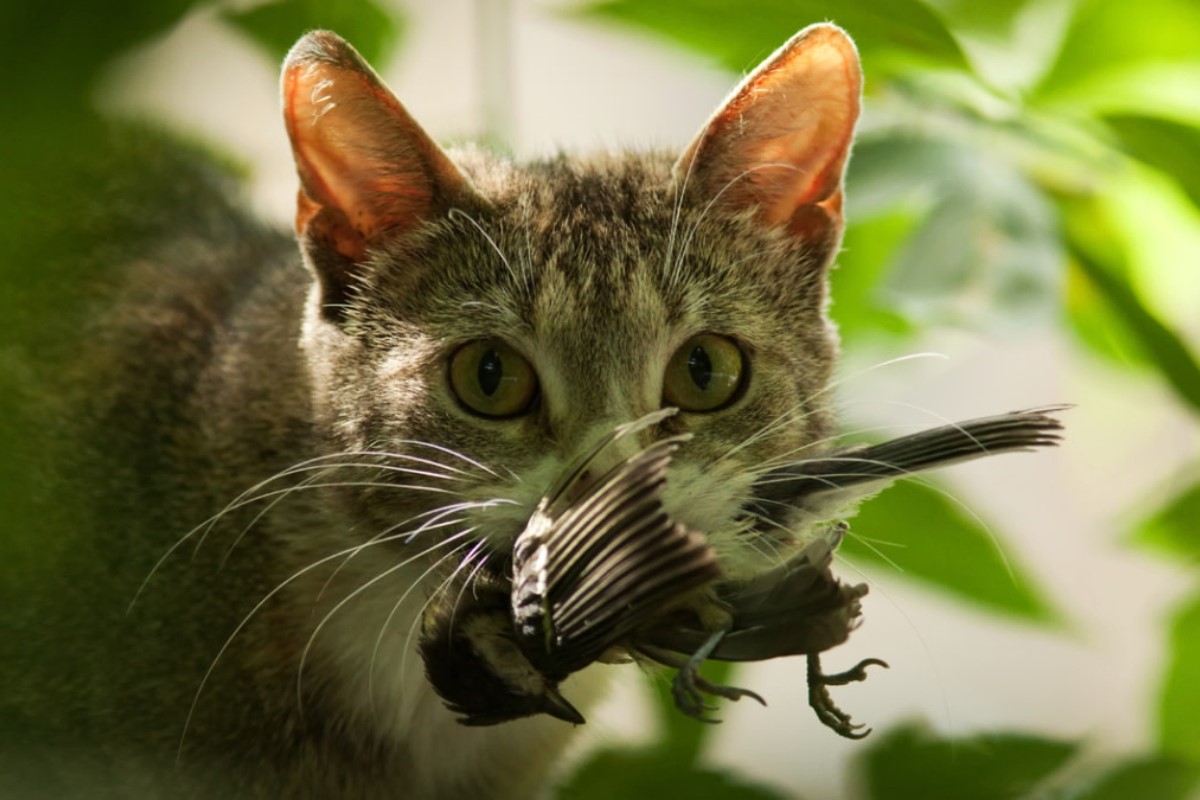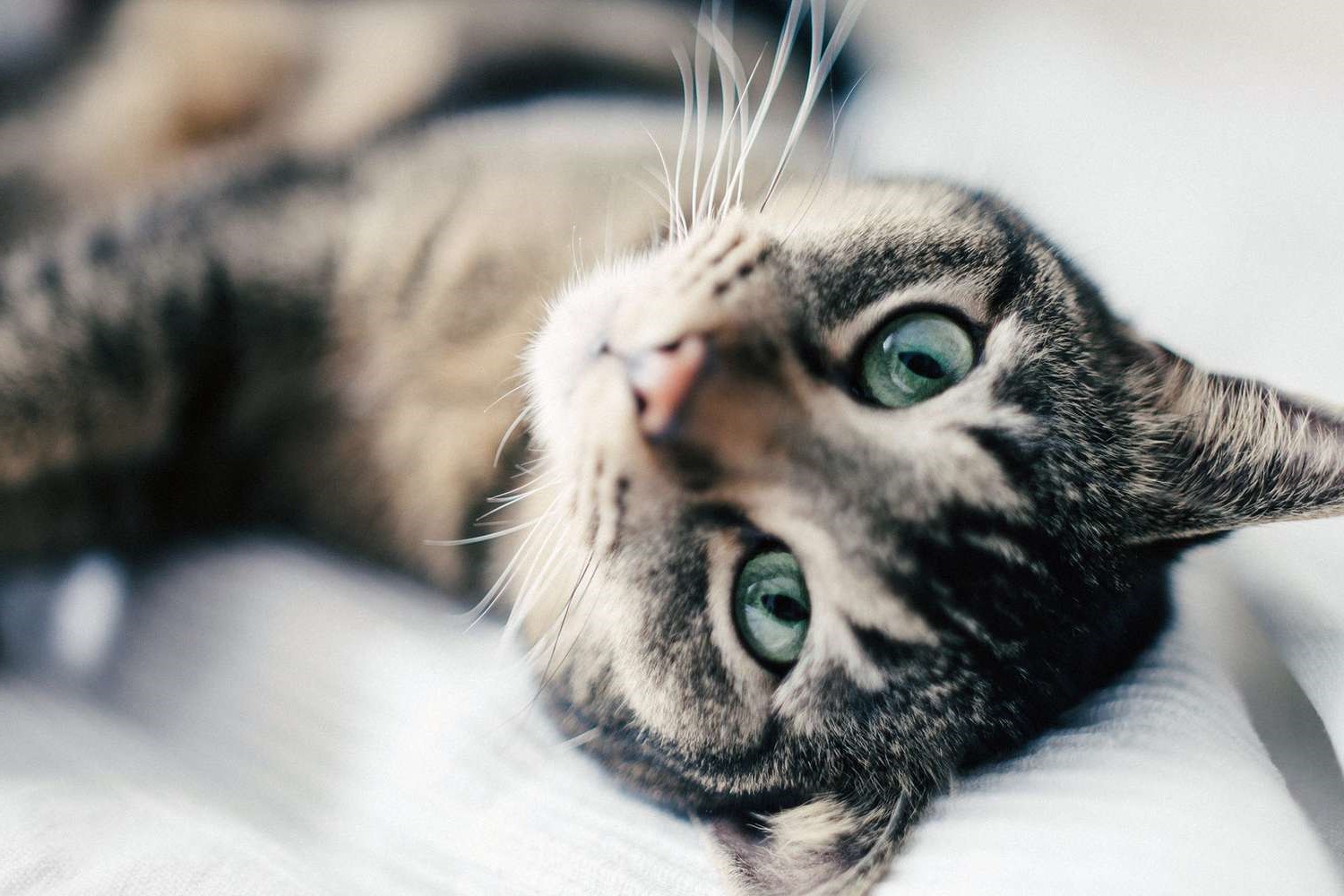Home>Health and Wellness>The Truth About Tabby Cats And Allergies: Are They Hypoallergenic Or Not?
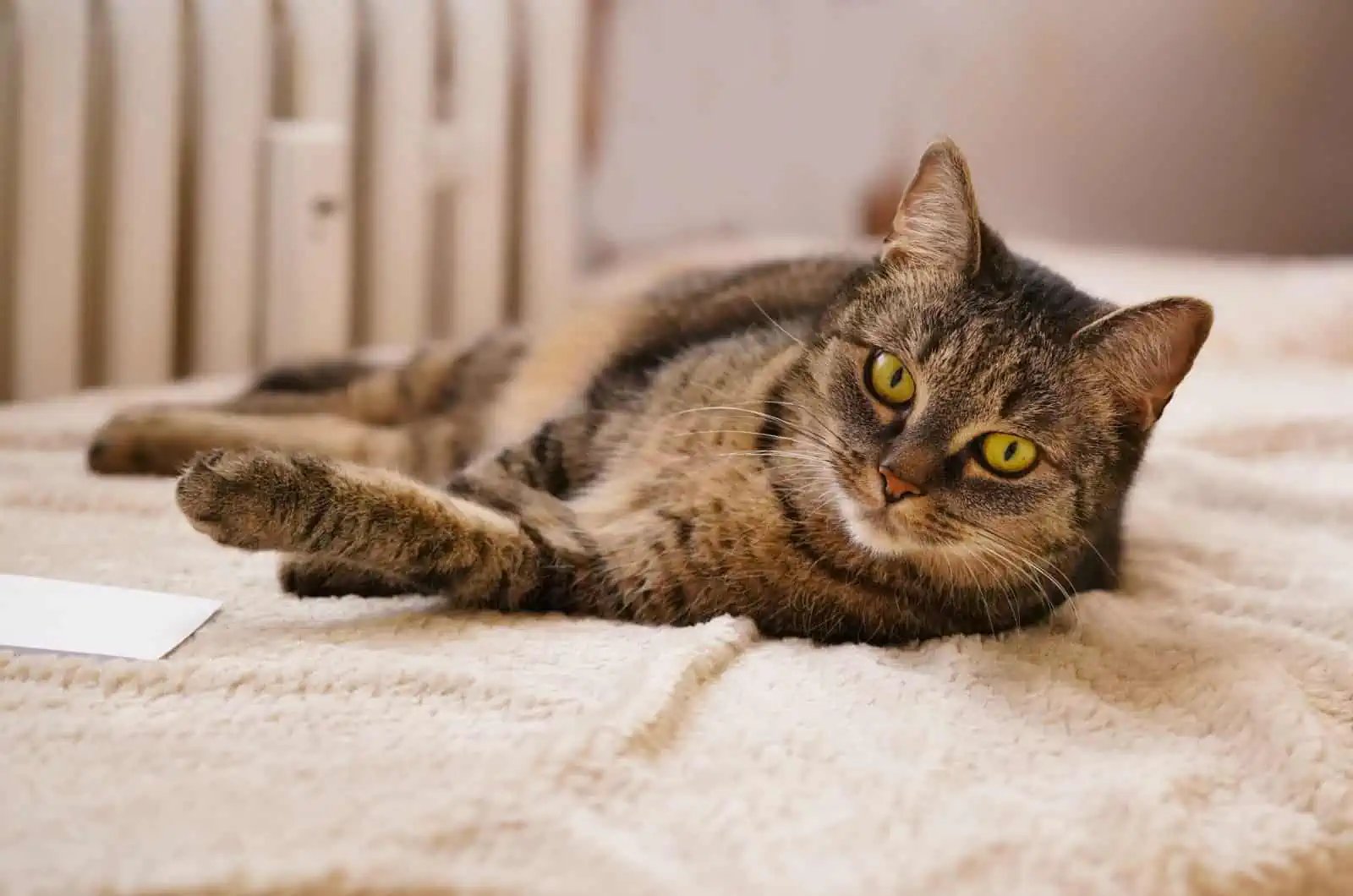

Health and Wellness
The Truth About Tabby Cats And Allergies: Are They Hypoallergenic Or Not?
Published: January 24, 2024
Discover the truth about tabby cats and allergies. Learn if they are hypoallergenic and how they can affect your health and wellness.
(Many of the links in this article redirect to a specific reviewed product. Your purchase of these products through affiliate links helps to generate commission for Noodls.com, at no extra cost. Learn more)
Table of Contents
Introduction
Tabby cats are beloved for their distinctive coat patterns and charming personalities. However, for individuals prone to allergies, the decision to bring a tabby cat into their home can be a cause for concern. The prevalence of cat allergies has sparked numerous discussions about the hypoallergenic nature of tabby cats. It's essential to unravel the truth behind tabby cats and allergies to provide clarity for those considering adding a furry feline companion to their family.
The relationship between tabby cats and allergies is a topic of great interest, as many people long to experience the joy of pet ownership but are hindered by allergic reactions. Understanding the nuances of this connection is crucial for making informed decisions about pet adoption and care. In this comprehensive exploration, we will delve into the causes of cat allergies, gain insight into the nature of tabby cats, and address the burning question: Are tabby cats hypoallergenic?
By the end of this article, you will have a deeper understanding of the factors that contribute to cat allergies and the unique characteristics of tabby cats. Additionally, you will discover practical tips for coexisting with tabby cats, even in the presence of allergies. Let's embark on this enlightening journey to uncover the truth about tabby cats and allergies, empowering you to make well-informed choices regarding your feline companionship.
Read more: Surprising Facts About Cats And Mango
What Causes Allergies to Cats?
Cat allergies are triggered by a specific protein found in cat dander, saliva, and urine known as Fel d 1. When cats groom themselves, they transfer this allergen to their fur, which then becomes airborne as microscopic particles. Once inhaled or come into contact with, these particles can prompt an allergic reaction in susceptible individuals.
The immune system of a person with cat allergies perceives Fel d 1 as a harmful substance, prompting the production of antibodies to combat it. This immune response leads to the release of histamine and other chemicals, causing allergy symptoms such as sneezing, coughing, itchy or watery eyes, nasal congestion, and skin rashes. In severe cases, individuals may experience difficulty breathing or asthma attacks.
It's important to note that the severity of allergic reactions can vary widely among individuals. Some may experience mild symptoms, while others may endure more pronounced and disruptive effects. Additionally, prolonged exposure to cats can exacerbate allergic responses, making it essential for individuals with allergies to understand the potential risks associated with cat ownership.
Understanding the root cause of cat allergies empowers individuals to take proactive measures to mitigate their symptoms and enjoy the company of feline companions. With this foundational knowledge in place, we can now explore the unique characteristics of tabby cats and unravel the mystery surrounding their hypoallergenic potential.
Understanding Tabby Cats
Tabby cats are not a specific breed but rather a coat pattern that can be found in various cat breeds, including the domestic shorthair and domestic longhair. Their name "tabby" is derived from the Attabiyah district in Baghdad, Iraq, where silk with a similar striped pattern was made. This distinctive coat pattern is characterized by swirling patterns, stripes, spots, or ticking, often accompanied by an "M" shape on the forehead.
Tabby cats exhibit a remarkable diversity in their coat colors and patterns, ranging from classic brown tabbies and grey tabbies to more unique variations such as silver tabbies and ginger tabbies. Their individuality and striking appearance have made them popular pets in households around the world.
Beyond their physical attributes, tabby cats are renowned for their engaging personalities. They are often described as affectionate, intelligent, and sociable, forming strong bonds with their human companions. Tabby cats are known for their playful nature and adaptability, making them well-suited for various living environments, from bustling households to serene apartments.
In addition to their charming dispositions, tabby cats boast a rich history and cultural significance. Throughout the ages, they have been celebrated in literature, folklore, and art, symbolizing resilience, independence, and companionship. Their endearing qualities and captivating presence have solidified their status as cherished members of countless families.
Tabby cats also exhibit a wide range of vocalizations, using meows, purrs, and chirps to communicate with their human counterparts. This expressive nature adds depth to their interactions, fostering a sense of connection and understanding between cats and their owners.
Understanding the multifaceted nature of tabby cats provides valuable insight into their appeal and the unique attributes that make them beloved companions. As we continue our exploration, we will delve into the intriguing question of whether tabby cats possess hypoallergenic qualities, shedding light on this captivating aspect of feline companionship.
Are Tabby Cats Hypoallergenic?
The question of whether tabby cats are hypoallergenic is a source of intrigue for many individuals navigating the complexities of cat allergies. It's crucial to address this inquiry with clarity and precision to dispel any misconceptions and provide accurate guidance for those considering tabby cat ownership.
Despite widespread beliefs, tabby cats are not inherently hypoallergenic. As mentioned earlier, cat allergies are primarily triggered by the presence of the Fel d 1 protein, which is not exclusive to specific cat breeds or coat patterns. This means that tabby cats, regardless of their striking coat variations, can produce and disperse this allergen, potentially eliciting allergic reactions in susceptible individuals.
While tabby cats may not possess hypoallergenic traits, it's essential to recognize that individual cats, regardless of their breed or coat pattern, can exhibit varying levels of allergen production. Factors such as grooming habits, skin oils, and shedding patterns can influence the dispersion of allergens, potentially impacting the severity of allergic reactions in sensitive individuals.
Furthermore, the misconception of tabby cats being hypoallergenic may stem from the observation that some people experience milder allergic responses when in the presence of certain cats. This variability in allergic reactions can be attributed to the unique composition of allergens produced by individual cats, as well as the specific immune responses of affected individuals.
It's important to approach the notion of hypoallergenic cats with a discerning mindset, understanding that while certain cats may provoke fewer allergic symptoms in some individuals, no cat can be guaranteed to be completely hypoallergenic for everyone.
In summary, tabby cats, like all cats, have the potential to trigger allergic reactions due to the presence of the Fel d 1 protein. While they may not be hypoallergenic in the traditional sense, the degree of allergen dispersion and the resulting allergic responses can vary among individual cats. This nuanced understanding underscores the importance of informed decision-making and proactive measures for individuals with cat allergies.
With a comprehensive understanding of the hypoallergenic nature of tabby cats, it's essential to explore practical strategies for coexisting with these captivating feline companions, even in the presence of allergies. Let's delve into valuable tips for living harmoniously with tabby cats while managing allergic sensitivities.
Tips for Living with Tabby Cats and Allergies
Living with tabby cats while managing allergies can be a rewarding experience with the implementation of practical strategies to mitigate allergic reactions. Here are valuable tips to foster harmonious coexistence:
-
Regular Grooming: Establish a consistent grooming routine for your tabby cat to minimize the dispersion of allergens. Brushing your cat frequently helps to reduce the accumulation of loose fur and dander, limiting the presence of allergens in your living environment.
-
Designated Pet-Free Zones: Create designated pet-free areas within your home, such as bedrooms or specific furniture, to provide allergy-free retreats. This can help minimize direct exposure to allergens, allowing for moments of respite from potential allergic triggers.
-
Air Purification: Invest in high-quality air purifiers equipped with HEPA filters to effectively capture airborne allergens, including cat dander. Placing these purifiers in commonly used spaces can significantly improve indoor air quality, reducing the likelihood of allergic reactions.
-
Frequent Cleaning: Implement a regular cleaning schedule for your home, focusing on vacuuming carpets, upholstery, and curtains to remove accumulated dander. Using a vacuum cleaner with a HEPA filter can efficiently trap allergens, contributing to a cleaner and healthier living environment.
-
Allergen-Reducing Products: Explore the use of allergen-reducing products, such as hypoallergenic bedding and upholstery, to minimize the retention of cat allergens in your home. These specialized products can contribute to a reduction in potential allergic triggers.
-
Consultation with a Healthcare Professional: Seek guidance from a healthcare professional specializing in allergies to explore personalized approaches for managing allergic reactions to cats. They can provide tailored recommendations and treatment options to alleviate symptoms and enhance your quality of life.
-
Regular Veterinary Care: Ensure that your tabby cat receives routine veterinary care, including vaccinations and parasite control, to maintain their overall health. A healthy cat is less likely to exhibit excessive shedding and skin issues that contribute to allergen dispersion.
-
Personal Hygiene Practices: Practice good personal hygiene by washing your hands after interacting with your tabby cat and refraining from touching your face to minimize direct contact with allergens.
By integrating these practical tips into your daily routine, you can create a conducive environment for living with tabby cats while effectively managing allergic sensitivities. These proactive measures empower individuals to enjoy the companionship of tabby cats while minimizing the impact of cat allergies on their well-being.
Conclusion
In conclusion, the intricate relationship between tabby cats and allergies encompasses a blend of scientific understanding, individual variability, and practical strategies for harmonious coexistence. While tabby cats are not inherently hypoallergenic, the nuanced nature of allergen dispersion and allergic responses underscores the need for informed decision-making and proactive measures for individuals with cat allergies.
The prevalence of cat allergies, attributed to the Fel d 1 protein found in cat dander, saliva, and urine, has prompted extensive discussions about the hypoallergenic potential of tabby cats. It is essential to dispel misconceptions and provide accurate guidance regarding the allergic implications of tabby cat ownership. Understanding that individual cats, regardless of their breed or coat pattern, can exhibit varying levels of allergen production highlights the importance of personalized considerations when welcoming a tabby cat into one's home.
By unraveling the truth about tabby cats and allergies, individuals can make informed choices regarding pet adoption and care. The captivating nature of tabby cats, characterized by their diverse coat patterns, engaging personalities, and cultural significance, reinforces their appeal as cherished companions. Their endearing qualities and expressive interactions contribute to the enriching experience of feline companionship, inspiring many to explore ways to coexist with these beloved pets despite allergic sensitivities.
The practical tips for living with tabby cats while managing allergies serve as valuable resources for creating a conducive living environment. From regular grooming and air purification to designated pet-free zones and allergen-reducing products, these strategies empower individuals to enjoy the presence of tabby cats while minimizing the impact of allergic reactions. Additionally, seeking guidance from healthcare professionals specializing in allergies and prioritizing the overall health of tabby cats through regular veterinary care further enhances the potential for harmonious coexistence.
Ultimately, the truth about tabby cats and allergies encompasses a holistic understanding of allergen triggers, individual responses, and proactive measures for fostering a balanced and fulfilling lifestyle alongside these captivating feline companions. By embracing informed decision-making, personalized strategies, and a deep appreciation for the unique attributes of tabby cats, individuals can navigate the complexities of cat allergies while nurturing meaningful bonds with their beloved pets.
In essence, the journey of uncovering the truth about tabby cats and allergies illuminates the profound connection between humans and feline companions, transcending the challenges posed by allergic sensitivities to cultivate enduring companionship and shared moments of joy.
